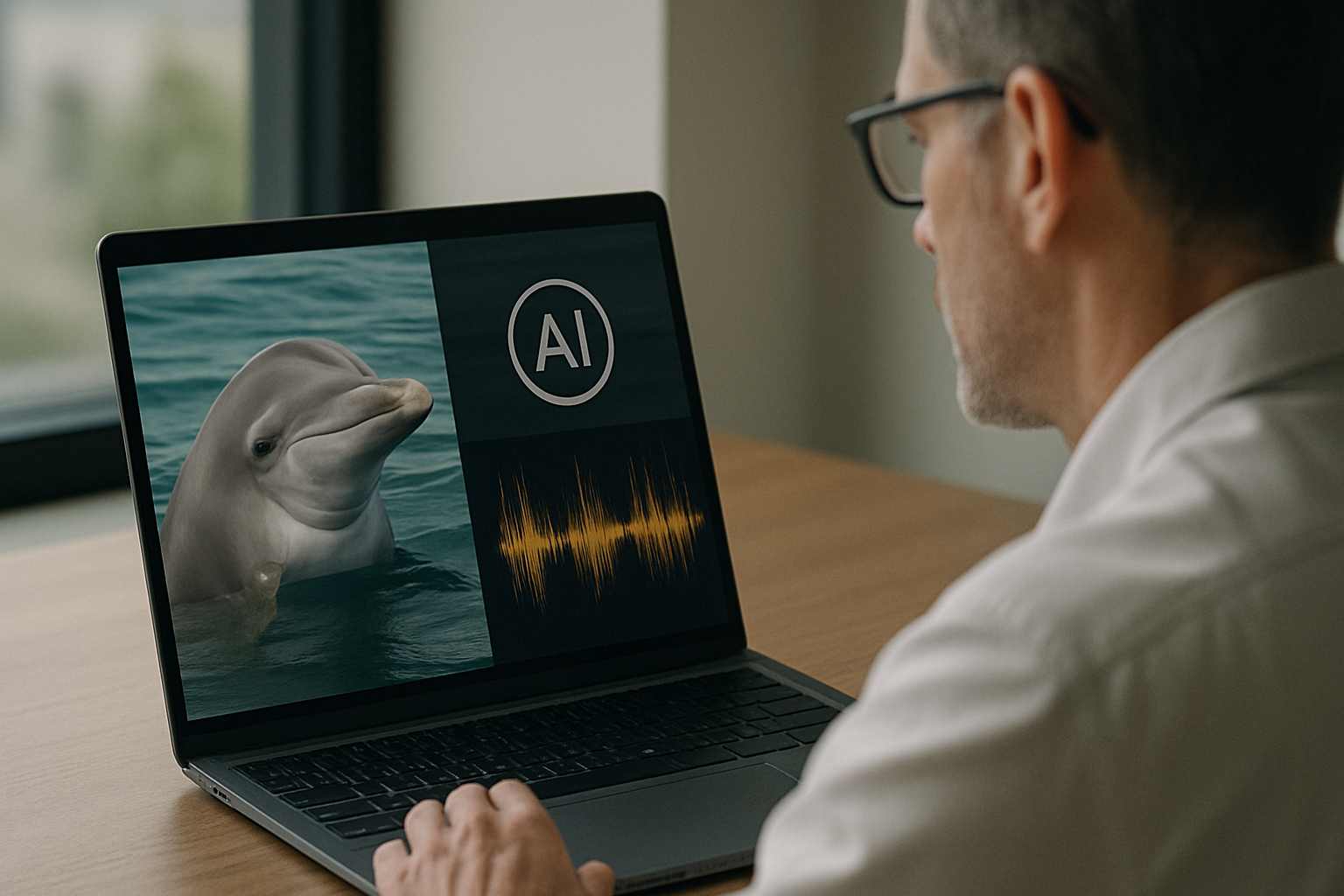In a major leap for dark matter research, scientists have created axion-like quasiparticles in the lab—offering a new method to study these elusive theoretical particles. Long considered a prime candidate for the mysterious dark matter that pervades the universe, axions have never been directly observed. But thanks to innovative experiments, researchers now have a way to mimic their behavior in controlled environments.
Creating axion analogues with exotic materials
The breakthrough comes from researchers at Harvard University and King’s College London, who engineered these quasiparticles using ultra-thin sheets of manganese bismuth telluride. This material is known for its rare ability to couple electric and magnetic fields in a way that mirrors the theorized interactions of axions.
By exploiting this property, the team successfully generated particle-like excitations that behave almost identically to theoretical axions. According to Harvard chemist Suyang Xu, “They behave almost exactly the same way as the axion particle.” This experiment marks the first instance of creating axion-like quasiparticles in a lab, and the findings were published in the journal Nature.
From simulation to dark matter detection
Though these lab-created quasiparticles are not actual axions, they provide a critical platform to explore axion-like physics. This is especially important because axions are among the leading theoretical candidates for dark matter, which is estimated to make up around 85% of the universe’s mass.
By observing these quasiparticles, scientists can study axion behavior under real-world conditions, refine their detection strategies, and ultimately improve the chances of identifying real axions—if they exist. Materials like manganese bismuth telluride could also help build next-generation detectors sensitive enough to pick up dark matter signatures in cosmic environments.
A new direction in the dark matter hunt
This advance gives the scientific community a tangible step forward in tackling one of cosmology’s biggest puzzles. Simulating axions enables experiments that were previously limited to theory, transforming the abstract into something observable.
As research builds on this foundation, the path toward detecting real dark matter becomes more concrete. While the actual axion remains hypothetical, its lab-grown twin might just be the key to finding it—and with it, a deeper understanding of the universe.





